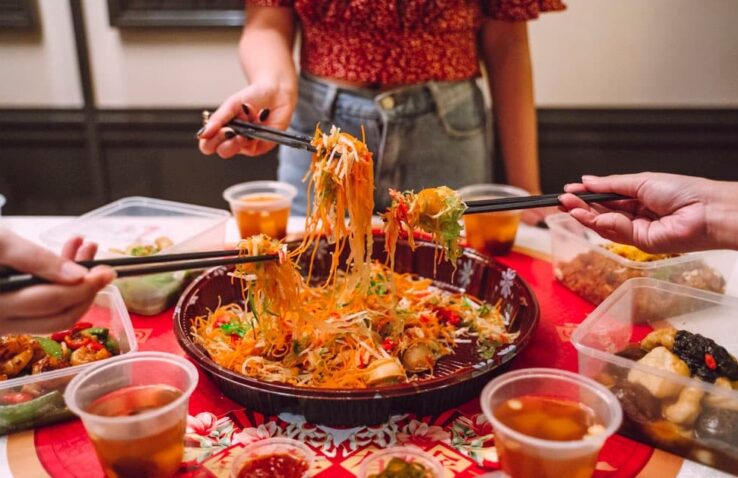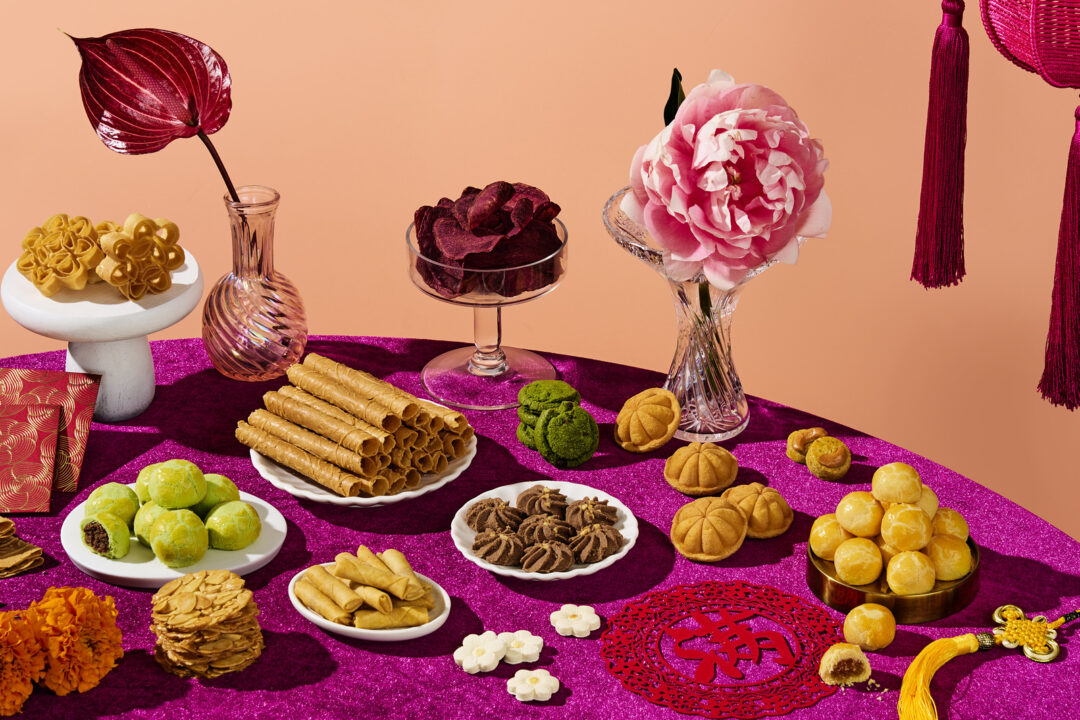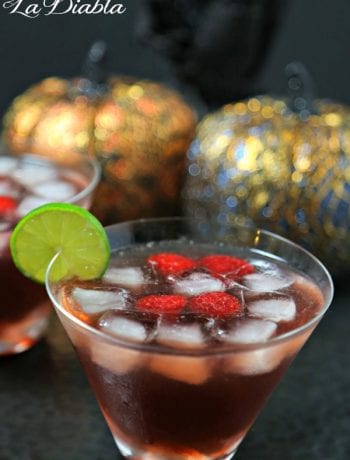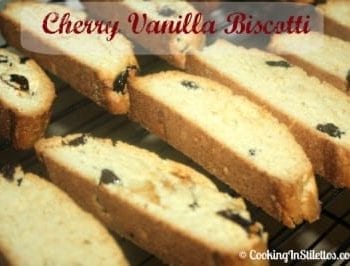Chinese New Year, with its colorful decorations and joyful atmosphere, brings with it an abundance of delicious treats that are synonymous with this festive season. These traditional goodies not only tantalize our taste buds but also carry deep cultural significance.
From crispy love letters to fragrant pineapple tarts, each delicacy represents luck, prosperity, and well-wishes for the year ahead.
This comprehensive guide will take you through the intricate world of Chinese New Year goodies, providing insights, perspectives, and practical tips to help you select the perfect treats for a truly memorable celebration.
Cultural Symbolism of Chinese New Year Goodies

Source: eatingwell.com
Chinese New Year goodies are more than just sweet delights. They carry ancient traditions and cultural blessings. These treats are carefully crafted to represent prosperity, good luck, and the warding off of evil spirits. Each bite is like a taste of fortune itself, ensuring a bountiful year ahead.
An Array of Symbolism ─ Unpacking the Goodies
Let’s take a closer look at the symbolism behind some popular Chinese New Year goodies:
- Pineapple tarts ─ These golden pastries symbolize wealth and good fortune. The word “pineapple” in Hokkien sounds similar to “prosperity arrives,” making these tarts a must-have item during the festive season.
- Love letters (Kue Kapit) ─ Named for the delicate messages once written inside, these thin, crispy crepes are believed to bring luck and good relationships. Sharing them represents the strengthening of bonds among family and friends.
- Nian Gao (Sticky Rice Cake) ─ The sticky texture signifies the hope that good luck will stick around throughout the year. The word “nian” also sounds like the word for “higher,” symbolizing progress and growth.
- Kuih Bangkit ─ These light, melt-in-your-mouth coconut cookies are believed to bring prosperity. As they are usually white, they symbolize purity and auspicious beginnings.
- Kuih Bahulu ─ These beautifully golden sponge cakes are often enjoyed during Chinese New Year. Their circular shape symbolizes the unity of the family and the fullness of life.
By understanding the symbolism behind each delicacy, you can appreciate their cultural significance and bring an extra layer of meaning to your festivities.
Viewpoints towards Selecting the Perfect Chinese New Year Goodies

Source: cnycookies.sg
Many individuals value tradition and seek to experience Chinese New Year in the most authentic way possible. For them, the perfect Chinese New Year goodies are the ones that stay true to age-old recipes and methods, ensuring the flavors transport them back to cherished childhood memories.
These individuals might opt for handcrafted goodies made by local artisans which are carefully baked using a traditional family recipe passed down through generations. These heritage treats encapsulate the deepest roots of tradition, allowing individuals to savor the genuine flavors of Chinese New Year.
Exploring Modern Flavors and Innovations
While tradition may hold a special place in the hearts of many, others are drawn to the excitement of exploration and the fusion of traditional and contemporary flavors. These individuals seek Chinese New Year goodies that offer a creative twist, combining innovative ingredients or techniques that cater to evolving tastes.
For them, a trip to Bread Garden might introduce them to Mango Siew Mai, a modern take on the classic dumpling. This unexpected coupling of fruit and savory flavors adds a refreshing touch to the festivities while embracing the spirit of innovation.
Balancing Variety and Personal Preferences
Chinese New Year goodies come in a delightful array of flavors, making it essential to strike a balance between variety and personal preferences. Some individuals may lean toward a particular treat, while others prefer a diverse selection to cater to different tastes and dining occasions.
To strike a harmonious balance, consider the garden’s assorted cookie platters, which feature an assortment of traditional and contemporary treats. This allows guests to sample an array of goodies without compromising personal preferences, ensuring a harmonious culinary experience.
Personal Perspectives ─ The Tradition Lives On

Source: eatbook.sg
Growing up in a Chinese family, Chinese New Year always held a special place in my heart. The festive atmosphere, the gathering of loved ones, and, of course, the tantalizing array of Chinese New Year goodies all added to the magical experience. From a young age, I learned to appreciate the cultural significance of these treats, as my grandparents shared stories of their childhood and the symbolism behind each delicacy.
These traditions were passed down to me with deep reverence and a sense of pride. Whenever Chinese New Year approached, my family and I would embark on the annual tradition of making pineapple tarts, carefully rolling the dough, filling each pastry with sweet pineapple jam, and baking them to golden perfection. The aroma that wafted from the kitchen was enough to spark excitement and anticipation for the upcoming festivities.
Today, as I continue this tradition with my own family, I find joy in not only preserving the legacy of my ancestors but also creating new memories for generations to come. The selection process for Chinese New Year goodies has become more than just a culinary activity; it is a celebration of cultural heritage, family togetherness, and the passing down of traditions.
Conclusion
Selecting the perfect Chinese New Year goodies is a delightful journey that combines cultural significance, personal preferences, and a touch of innovation. By understanding the symbolism behind these treats, embracing tradition while exploring modern flavors, and finding a balance between variety and personal preferences, you can curate a delectable spread that captivates the spirit of the festive season.
This Chinese New Year, allow us to be your trusted companion as you embark on this culinary adventure. With their commitment to tradition, quality, and innovation, we will ensure that every bite of their goodies brings you closer to the vibrant traditions and flavors of Chinese New Year.




